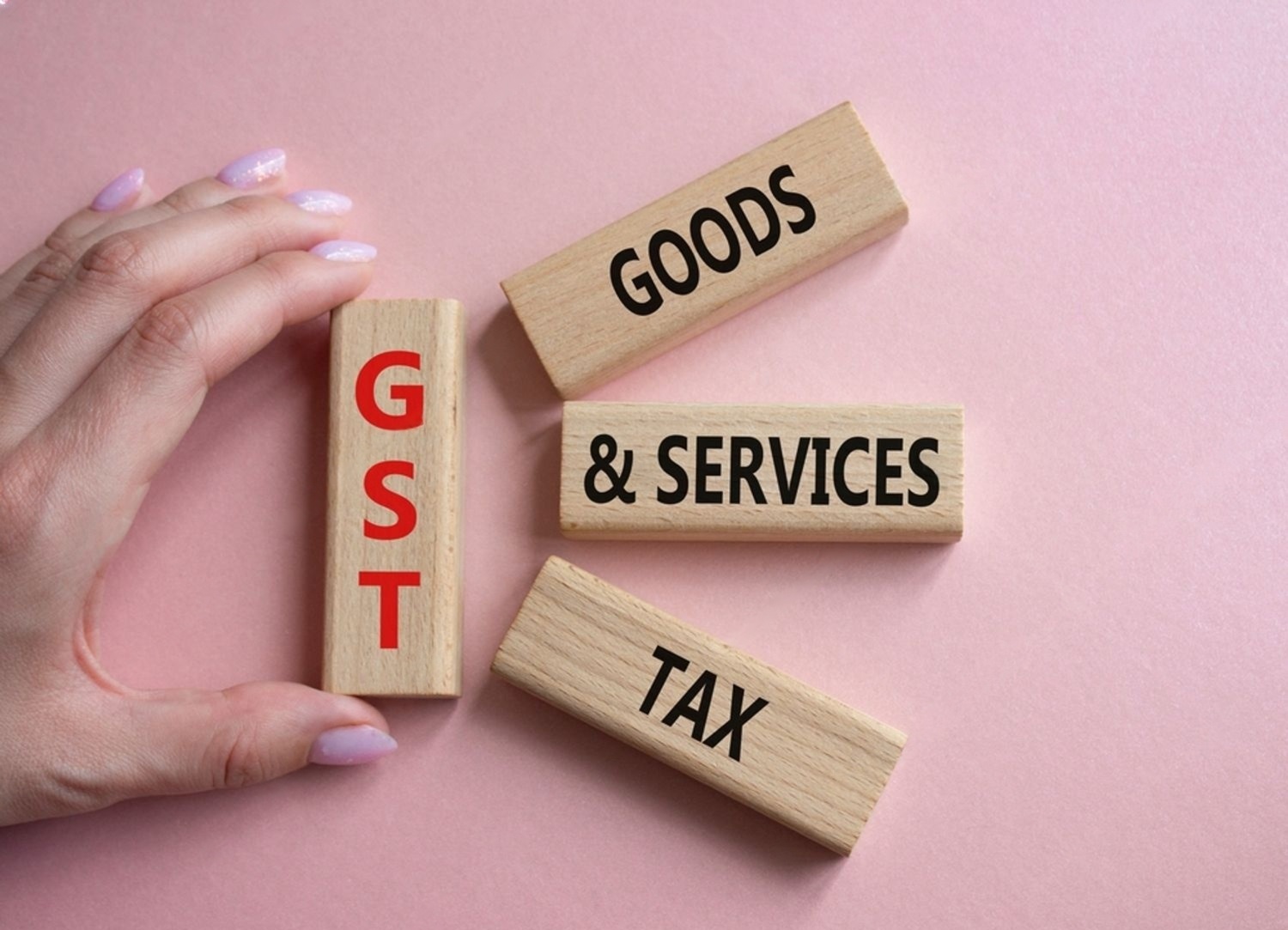CMAI RAHUL MEHTA GST REFORMS TEXTILE VALUE CHAIN 5% SLAB 12% SLAB 18% SLAB APPAREL INDUSTRY INVERTED DUTY STRUCTURE RAW MATERIALS CHEMICALS INPUTS GARMENTS QUALITY UNDER-INVOICING GREY MARKET EASE OF DOING BUSINESS GOVERNMENT IMPLEMENTATI NATIONAL
MUMBAI, MAHARASHTRA, INDIA
By IFAB MEDIA - NEWS BUREAU - August 19, 2025 | 683 3 minutes read
Rahul Mehta, Chief Mentor of the Clothing Manufacturers Association of India (CMAI), shared his views on the proposed GST reforms.
Based on media reports, we understand that the objective of the GST reforms is to reduce the number of slabs, thereby bringing ease in operating GST and making products for mass consumption cheaper by placing them in the lower slab. CMAI lauds both of these objectives as they are very good for the apparel industry.
The question lies in the execution and implementation of these reforms. For example, garments priced up to ₹1000 fall under the 5% slab, and those priced above ₹1000 fall under the 12% slab. If the 12% GST slab is eliminated, it means that a certain portion of apparel would move into the 18% slab, which would be disastrous. The only way the proposed GST reforms will be beneficial for the apparel industry is if the entire textile value chain is shifted under the 5% slab, which the apparel industry has been asking for since the day GST was introduced. This will make clothes cheaper and also eliminate the problem of the inverted duty structure. Therefore, I strongly recommend and urge the government to shift the entire textile value chain under the 5% slab.
What also needs to be considered when talking about ‘ease of doing business’ is ensuring that even the raw materials for all textile products are brought under the 5% GST slab. Otherwise, what happens is that there will be chemicals, certain inputs, and certain raw materials that fall under 18%, while the finished goods remain under 5%. That would worsen the inverted duty structure problem. So, the government must ensure that they do not repeat that mistake.
Another point of caution is the possible strategy of increasing the ₹1000 limit to a higher threshold, placing garments above that limit under the 18% slab. That would again be disastrous for the apparel industry, as it would encourage manufacturers to lower the quality of their products and reduce prices just to fall under the lower tax slab. The difference between the two slabs, which at the moment is 5% and 12%, would become 5% and 18%. This would encourage under-invoicing, unhealthy practices, and the grey market, as manufacturers might prefer to shift there rather than pay such a high rate of GST.
All in all, I would say these are very commendable objectives, and the reforms are very necessary and long overdue, but the government should not go wrong in the implementation of these reforms.











